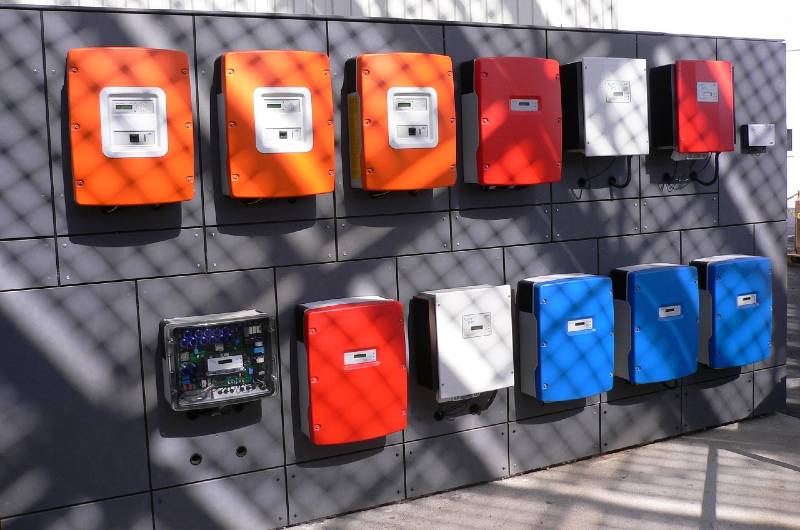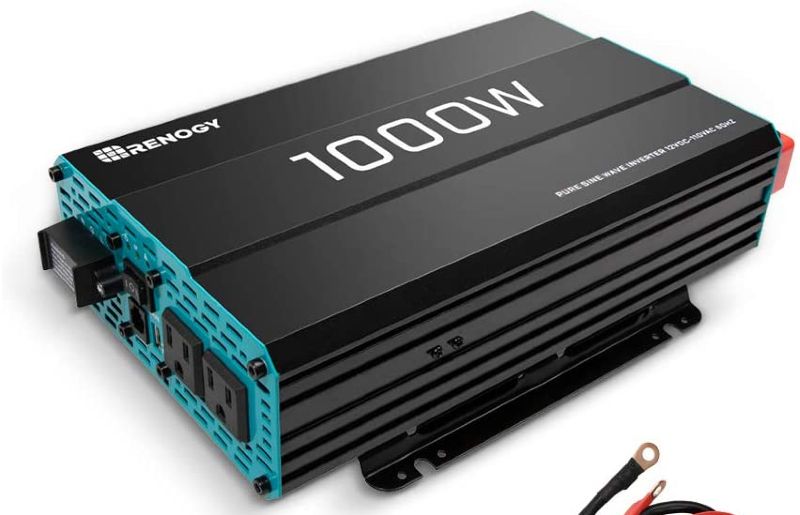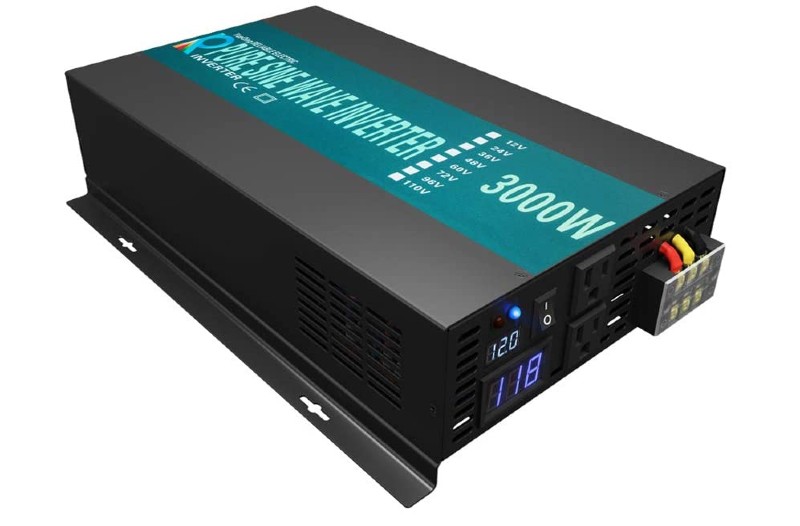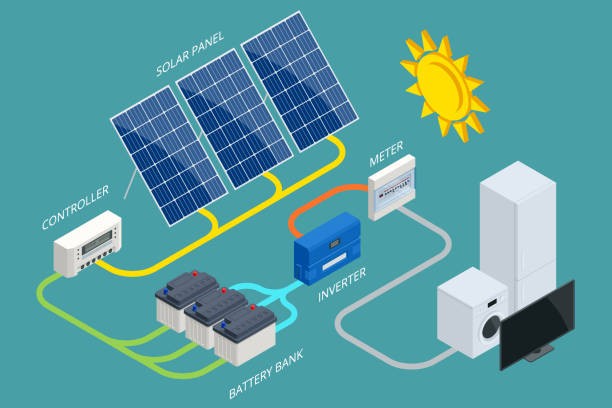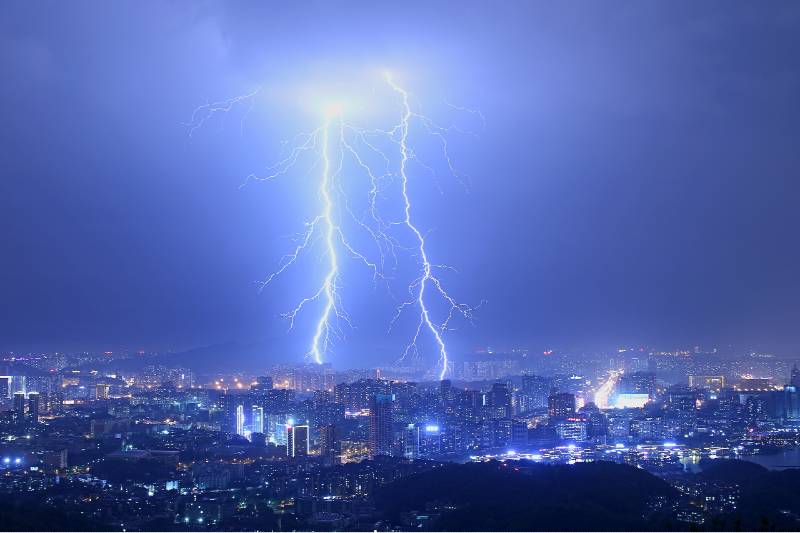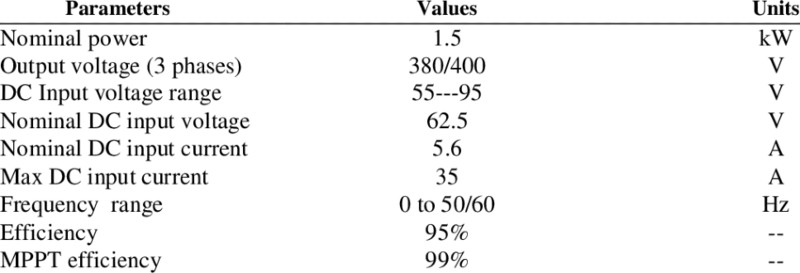If you are planning to buy a solar inverter, how do you know which one is the best value for your money?
Every company has their own specifications that they use to describe how their product will work.
Some of these specs can be hard to understand and decipher.
In this article, we will show you how to read solar inverter specifications, so that you can compare different types of solar inverters more easily.
1. Maximum/Peak Efficiency
This refers to the maximum power efficiency of how much solar power the inverter can convert into AC electricity.
Efficiency is usually measured by how well it converts DC power to AC power.
The higher the number, the more efficient your string inverter will be at converting energy from sunlight to power your home or store in batteries for later use. This means that you would need less panels or a smaller sized solar array to power your home.
So how do you know what is the best value for your money?
The higher efficiency, the more expensive it will be; however, you can expect to get a better return on investment (ROI) over time because of how much electricity you would save by using an efficient inverter instead of one that is less efficient.
2. Rated Output Power
This is how much power the solar inverters can produce to a load on a steady basis.
If you are looking to power certain appliances in your home, how much electricity they use may determine how many panels or how large of an inverter you need.
For example, if you want to run a freezer that uses 300 Watts every hour on average then you would need at least a solar inverter that can produce this amount of power every hour, otherwise, you won’t be able to power the freezer.
When choosing solar inverters, you will need to determine how many appliances or devices you plan on running throughout the day (max load) and how long they run for so that you know how large of a grid tie inverter you would require.
This number does not change based on what time of day it is, how sunny the weather is, or how much shade there may be on your solar panels.
Related article: Can A Solar Panel Work Without Inverter?
3. Peak Output Power/Surge Power
This is the maximum power output an inverter can deliver for a short time.
This is mainly important because some appliances require a lot of power on start-up then will decrease till it reaches their average power use.
For example, a refrigerator on start-up can require double the normal load of electricity, but after it has been running for 20 minutes it will only need to run at half the average speed.
If you are powering this type of appliance then how much surge power your inverter can produce is important because that number determines how large of an inverter you will need.
Solar Inverters are usually sized to handle the peak power requirements for each appliance that is being powered by it, but how much extra they can produce is also important in case one of your appliances requires more energy than expected.
You don’t want to have all of your appliances on at the same time and find out that your inverter couldn’t handle the appliances it was powering because they all required more electricity than expected.
Related article: What Is Negative Grounding In Solar Inverters?
4. AC Output Voltage
The AC output voltage refers to which utility voltages an inverter may connect to.
For residential inverters, the output voltage is usually 120V or 240V at 60 Hz in North America while it’s 230V at 50 Hz for other countries, so make sure your inverter output matches your utility voltage requirements.
5. Maximum Input Current
This refers to how much electricity the solar inverter can accept at one time.
If your inverter is rated for 100 amps, then it would only be able to convert that amount of power output into AC energy before needing a break or shutting off completely.
And in the event that the current produced by the solar system exceeds this limit, then it will either not be used or stored in your battery bank for use later if you have a battery system.
Higher-powered appliances like air conditioners and water heaters require more than 200 amps to power so this should be taken into consideration when choosing how big of an inverter you will need.
If your appliances have a high-starting surge current requirement, then you should also take that into account because it may require more than the maximum power input current for a short time during start-up.
This can cause overheating and damage to your inverter.
If you are powering an appliance that requires more than the maximum input current of your solar inverter, then it would be best to look for a larger one or use multiple smaller ones instead.
Otherwise, they will not power on at all if there isn’t enough electricity being produced by the panels and you could risk damage to the appliances if it runs too long.
Related article: How Much Voltage Can A Solar Panel Produce?
6. Maximum Output Current
This is an indicator of the max AC current the solar inverter can produce and it’s mainly important to determine the breaker and fuses sizes to protect your appliances from overloading.
For example, if your inverter has a maximum output current of 100 amps and you plug in an appliance that requires 80 amps then it will work fine because the excess 20 amps can be dissipated by fuses or breakers.
Related article: Why Do Solar Cells Need An Inverter?
7. Peak/Maximum Power Point Tracking Voltage
This is how much voltage the grid tied inverter can maintain when there are fluctuations in how much electricity it’s receiving.
In other words, it’s the DC voltage range in which the inverter will work on the maximum power point tracking zone (MPPT).
This specification is extremely important to design the system’s string voltage so that the input DC voltage stays in this range throughout the year, achieving maximum power efficiency.
8. Starting Voltage
This is the minimum DC voltage needed to start the grid tied inverter. If the voltage is below this value, the inverter won’t work.
Therefore, you must arrange your solar string to output at least this DC value any time of the year or your solar system will be useless.
Most designers will make their calculations based on the low level of the maximum power point tracking voltage to achieve the highest system efficiency.
Related article: Can You Connect A Solar Panel Directly To An Inverter?
9. Weatherproof Enclosure Rating
This refers to how much insulation is built into the solar power inverter and how well it can handle extreme weather conditions.
It’s measured in degrees Fahrenheit with a minimum of -22 for outdoor units and 0 for indoor units.
In general, most inverters have this rating from IP65-66 which means they are weatherproof against dust and low pressure water jets from any direction.
However, if you need your grid tied inverter to be fully submersible or exposed to more extreme conditions then it’s best to look for a specific enclosure rating instead of just how weatherproof they are.
Related article: How To Protect Your Solar Inverter From Lightning?
10. Certificate Of Compliance
Some inverters include a certificate that shows how well they conform to national and international standards of safety, such as UL1741 for the US or IEC61215 for Europe.
These certificates are important because it means the manufacturers have passed strict tests on how much heat can be generated by an inverter before potentially catching fire and how efficiently it’s converting DC power to useful AC power.
It’s important not only for how safe your appliances are but also how well the inverter is built and how reliable it will be over time.
Related article: How To Reset Solar Inverter?
Last Words
In the end, how to read solar inverter specifications isn’t very difficult.
All you have to do is take a look at how much input current it can handle, how much output voltage the appliance requires and how many watts of power it will be using.
If you need help determining how big your inverter should be for powering certain appliances or what its peak power voltage should be to receive the most electricity, then you can always post a question below and we will help out as soon as possible.

